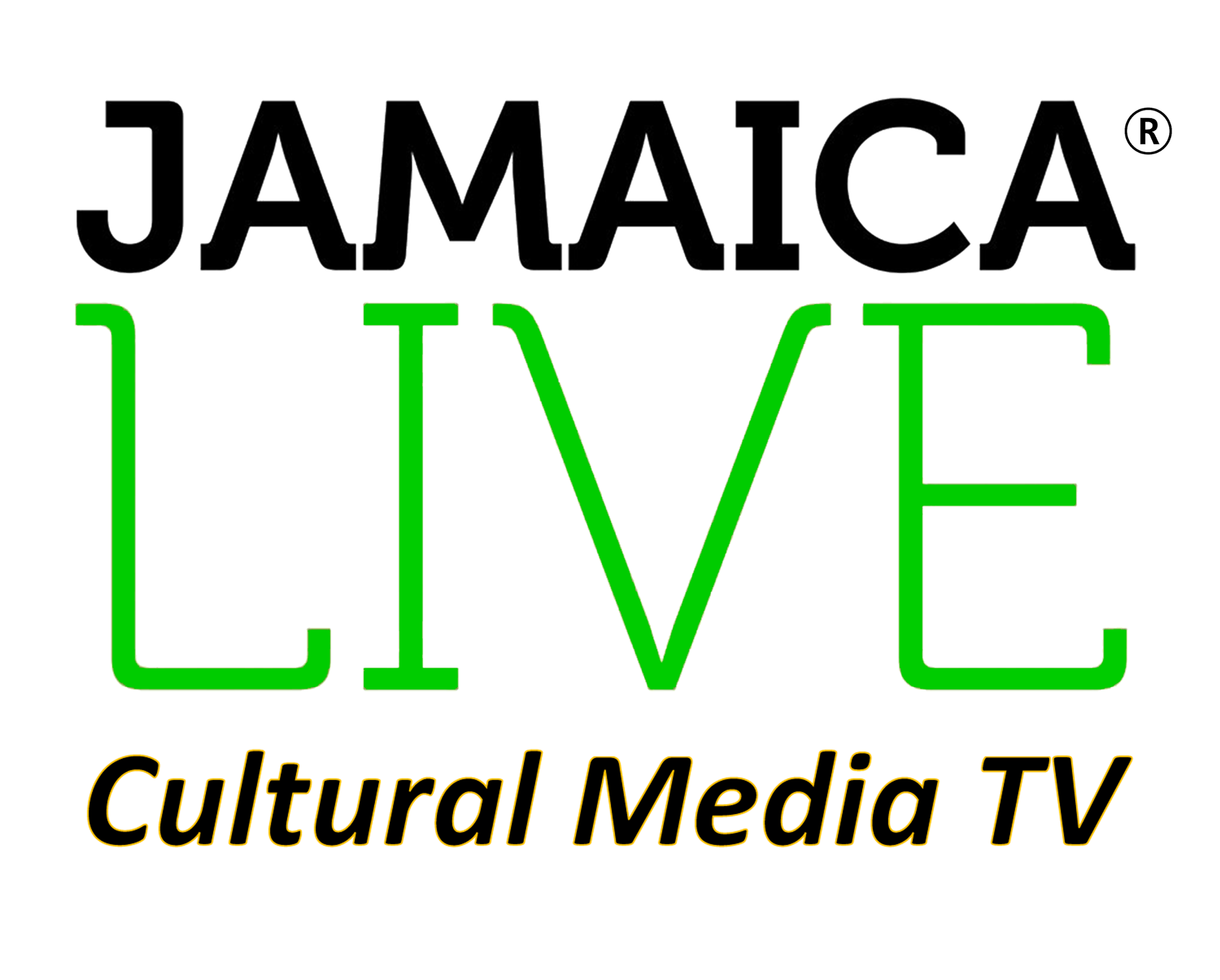Jamaica joins Iceland, Japan, New Zealand, Switzerland, Portugal, Denmark, and Norway as the safest countries for United States tourists
As of May 29, the U.S. Department of State officially lowered its travel advisory for Jamaica from Level 3 (reconsider travel) to Level 2 (exercise increased caution). This change reflects a measured improvement in safety conditions, primarily driven by a reported decline in violent crime compared to 2024.
Jamaica joins Iceland, Japan, New Zealand, Switzerland, Portugal, Denmark, and Norway in becoming one of the safest countries to visit for any United States tourists, enhancing its allure as a premier destination. Now, American travellers have even more reason to plan for this Caribbean destination, where white sandy beaches meet vibrant culture and warm hospitality. This isn’t just another update—this is a game-changer for global travel choices, indicating a significant shift in the travel landscape where safety is increasingly paramount. As safety becomes a top priority in trip planning, Jamaica steps up, aligning itself with countries like Iceland and New Zealand that have long been celebrated for their peaceful environments and welcoming atmospheres.
However, the downgrade is not a green light to let your guard down. Tourists are still urged to remain vigilant, as the homicide rate in Jamaica remains one of the highest in the Western Hemisphere. While it is encouraging that certain safety improvements have been made, potential travelers should be aware that major concerns persist within certain areas. Even though tourist zones are generally safer, incidents of armed robberies and sexual assaults may pose some risks, particularly outside major resort areas. This situation calls for a finer understanding of the geographical nuances within Jamaica.
So, does Jamaica need this downgrade to be deemed safe for tourists? Despite the dangers, it is important to note that crimes against tourists are relatively rare, particularly in well-frequented urban areas like the Bob Marley Culture Yard in Trench Town. Although this locale is often labeled as a dangerous ghetto, many tourists have visited without incident, intrigued by its rich cultural heritage and vibrant community. Furthermore, engaging with local guides can provide deeper insights into the history and traditions of the area, enhancing the overall experience while fostering a sense of connection with the local population.

Meanwhile, healthcare concerns remain a significant issue. Jamaica exhibits disparities in medical infrastructure compared to the United States, particularly in rural areas. Emergency services may be unavailable or lack properly trained EMTs, and access to essential medications, such as insulin, can be unpredictable. American travelers are strongly advised to carry additional prescriptions and obtain comprehensive travel insurance prior to their departure. Furthermore, travelers are cautioned regarding Jamaica’s stringent firearms policies; the introduction of firearms or ammunition into the country, even inadvertently, may result in severe legal repercussions, including incarceration. The advisory recommends refraining from night travel, avoiding remote locations, and complying during instances of robbery.

What remains to be seen is whether this advisory shift leads to changes in Jamaica’s policies. Lowering crime rates and better healthcare could help create a safer environment for both tourists and locals. The message is clear: Jamaica is safer, but not completely safe. It offers stunning natural beauty, vibrant culture, and a passionate spirit—but visitors still need to be respectful, prepared, and vigilant. As the Caribbean enters the peak travel season, this change in status is expected to spark interest, discussion, and an increase in bookings. While the beautiful beaches are inviting, travelers must remember that being informed is the first step to staying safe. Source: Travel and World Tour

